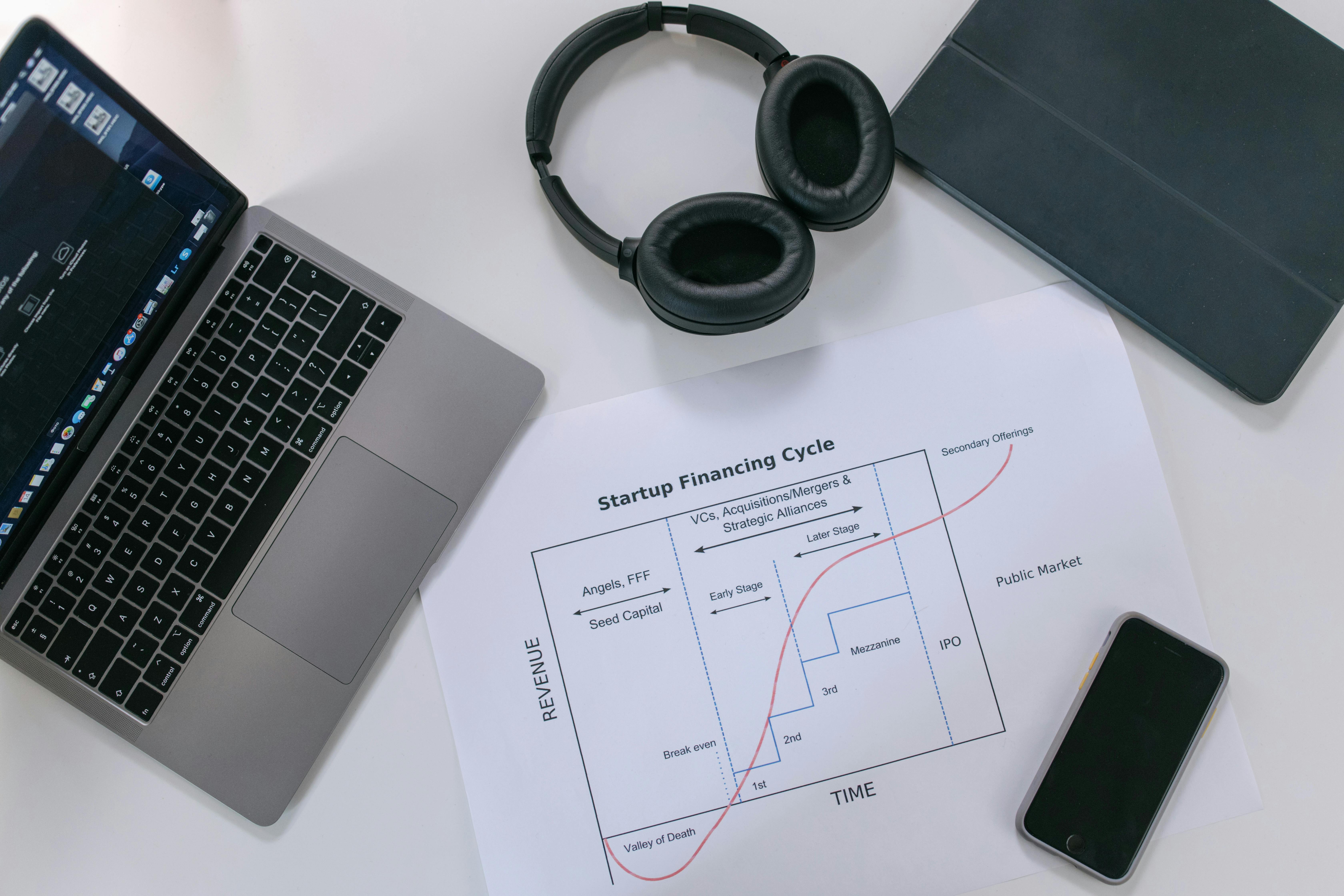How Market Conditions Are Driving A Sharp Decline In US M&A Activity

The US mergers and acquisitions (M&A) market has experienced a sharp downturn in early 2025, with deal activity dropping nearly 30% in January. This decline reflects broader economic uncertainty, increased regulatory scrutiny, and shifting corporate strategies in response to market conditions.
As companies reassess their priorities, many are choosing to hold off on large-scale acquisitions, opting instead for cost-cutting measures and internal efficiency improvements. This article explores the economic forces behind the M&A slowdown, the key challenges companies face, and how businesses are adapting to the evolving financial landscape.
The Economic Landscape in Early 2025
The current economic environment is creating significant obstacles for dealmaking. Several macroeconomic and global factors are at play:
- Rising Interest Rates: The Federal Reserve has maintained high interest rates to combat inflation, increasing borrowing costs for companies seeking financing for acquisitions.
- Market Volatility: Unpredictable stock market fluctuations have made it difficult for companies to value potential acquisitions accurately.
- Geopolitical Uncertainty: Ongoing trade disputes, supply chain disruptions, and geopolitical tensions have created additional risks for businesses considering cross-border M&A.
- Slower Economic Growth: Concerns over a potential economic slowdown have made companies more cautious about expansion and investment.
These factors have led to a risk-averse corporate environment, where companies are prioritizing financial stability over aggressive dealmaking.
Key Factors Contributing to the M&A Slowdown
High Interest Rates and Cost of Capital
The Federal Reserve’s tight monetary policy has significantly increased the cost of borrowing. Many companies that previously relied on debt financing for acquisitions are now reconsidering their strategies. Private equity firms, which often use leveraged buyouts, have also been affected, leading to fewer large-scale transactions.
Regulatory and Antitrust Scrutiny
Government regulators have taken a more aggressive stance on mergers and acquisitions, particularly in industries where competition concerns are high. In recent months, several high-profile deals have been blocked or subjected to extensive scrutiny, discouraging companies from pursuing large-scale consolidations.
Corporate Risk Aversion
With uncertainty in global markets, many companies are shifting their focus from expansion to resilience. Instead of pursuing costly mergers, businesses are prioritizing cost control, internal process improvements, and maintaining liquidity in case of further economic downturns.
Private Equity and Venture Capital Slowdown
Private equity firms, a major driver of M&A activity, have been forced to adjust their investment strategies. High borrowing costs and reduced valuations have made it more difficult to execute leveraged buyouts. Additionally, the slowdown in initial public offerings (IPOs) has made it harder for private equity firms to exit investments, further reducing their ability to fund new deals.
How Companies Are Adapting Their Strategies
Focus on Internal Efficiency
Rather than expanding through acquisitions, companies are concentrating on improving efficiency. This includes cutting costs, optimizing supply chains, and investing in automation and artificial intelligence to enhance productivity.
Shift to Smaller, Strategic Acquisitions
Instead of pursuing large-scale mergers, companies are targeting smaller, strategic acquisitions in high-growth sectors such as technology, healthcare, and renewable energy. These deals allow companies to expand their capabilities without taking on excessive financial risk.
More Conservative Valuations and Due Diligence
In a risk-averse environment, companies are placing greater emphasis on due diligence and financial scrutiny. Deal negotiations are taking longer, with buyers demanding better terms and lower valuations to account for market uncertainties.
Future Outlook: Will M&A Rebound in 2025?
The outlook for M&A activity in 2025 remains uncertain. Several factors could determine whether dealmaking recovers or continues to decline:
Potential Catalysts for an M&A Rebound
- Lower Interest Rates: If the Federal Reserve signals a shift toward lower rates, financing conditions could improve, making acquisitions more attractive.
- Improved Economic Confidence: If inflation stabilizes and economic growth strengthens, companies may regain confidence in pursuing strategic deals.
- Regulatory Clarity: A clearer regulatory environment could encourage businesses to move forward with deals previously put on hold.
Risks That Could Prolong the Slowdown
- Continued Market Volatility: Unstable stock prices could discourage companies from engaging in high-risk transactions.
- Geopolitical Instability: Ongoing global conflicts or trade disruptions could create further economic uncertainty.
- Extended Tight Monetary Policy: If interest rates remain high for an extended period, financing conditions may not improve, limiting M&A opportunities.
Conclusion
The nearly 30% drop in US M&A activity in early 2025 reflects a broader trend of economic caution and corporate conservatism. High interest rates, regulatory pressures, and market uncertainty have made companies more hesitant to pursue large-scale deals.
As businesses navigate this challenging environment, they are focusing on internal efficiency, smaller strategic acquisitions, and conservative financial planning. Whether M&A activity rebounds later in the year will depend on macroeconomic conditions, regulatory developments, and corporate confidence in the stability of the market.
For now, the message is clear: in an era of uncertainty, companies are prioritizing caution over aggressive expansion.
Author: Gerardine Lucero
The Penny Drops: Understanding The Complex World Of Small Stock Machinations
Micro-cap stocks, often overlooked by mainstream investors, have recently garnered significant attention due to rising c... Read more
Current Economic Indicators And Consumer Behavior
Consumer spending is a crucial driver of economic growth, accounting for a significant portion of the US GDP. Recently, ... Read more
Skepticism Surrounds Trump's Dollar Devaluation Proposal
Investors and analysts remain skeptical of former President Trump's dollar devaluation plan, citing tax cuts and tariffs... Read more
Financial Markets In Flux After Biden's Exit From Presidential Race
Re-evaluation of ‘Trump trades’ leads to market volatility and strategic shifts.The unexpected withdrawal of Joe Bid... Read more
British Pound Poised For Continued Gains As Wall Street Banks Increase Bets
The British pound is poised for continued gains, with Wall Street banks increasing their bets on sterling's strength. Th... Read more
China's PBoC Cuts Short-Term Rates To Stimulate Economy
In a move to support economic growth, the People's Bank of China (PBoC) has cut its main short-term policy rate for the ... Read more

